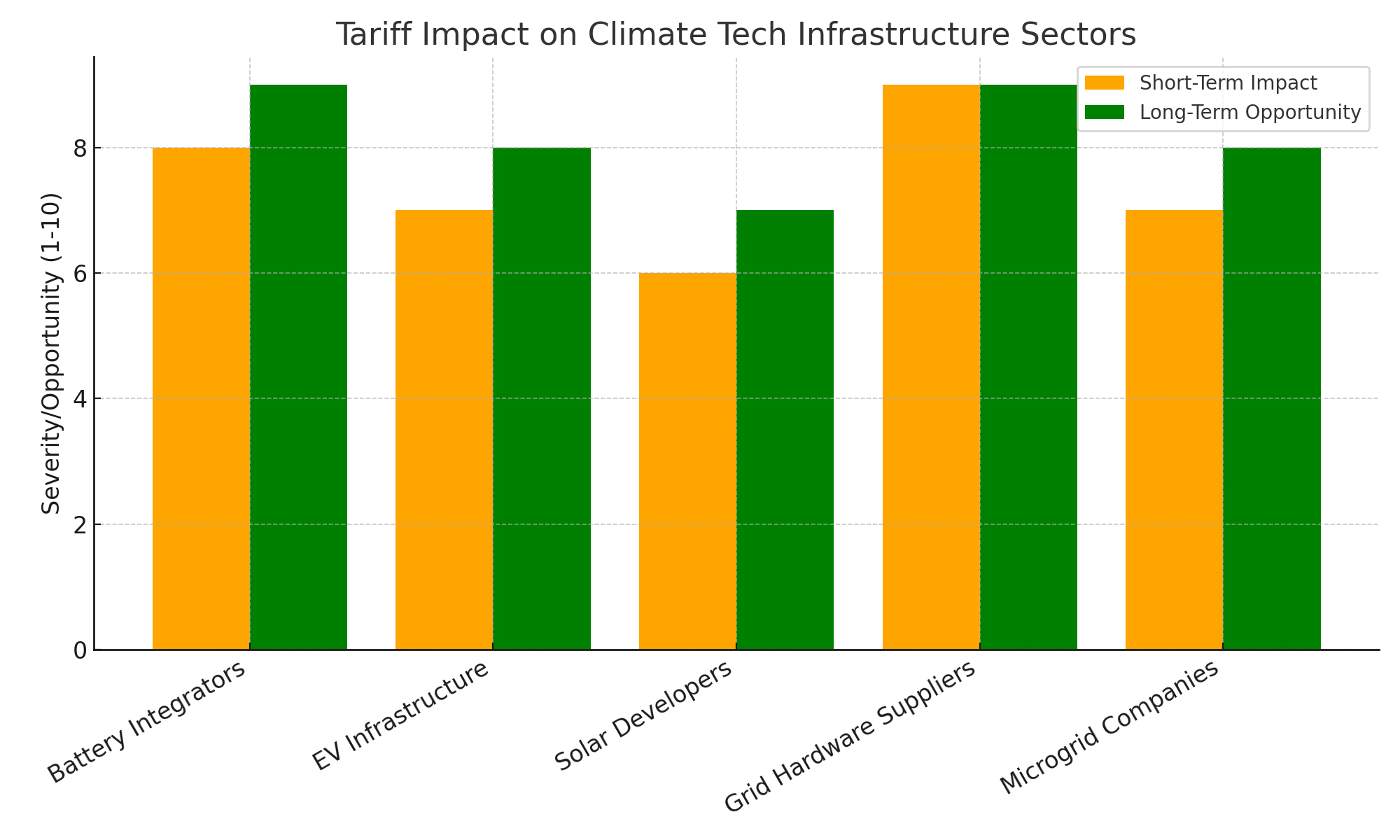In today’s fiercely competitive job market, companies are constantly seeking innovative ways to identify, attract, and retain top talent. This quest for excellence has given rise to the concept of talent intelligence, leveraging data and analytics to inform strategic hiring decisions. Talent intelligence has changed the game for me and my team as we help investors and their early stage founders navigate their search process. It has enabled us to go beyond traditional hiring methods by using advanced tools to understand candidate data and provide that connective tissue, improving the overall hiring process.
This holistic approach enables organizations to understand talent pools, predict hiring trends, and align recruitment strategies with revenue goals. Everyone is looking for that competitive edge in the fast growth Climate industry. Leveraging data-driven talent market intelligence to enhance transparency, get actionable insights, and optimize hiring efficiency is paramount.
Here are five insights that I think will help you streamline the hiring process, reduce time-to-fill, and enhance candidate experiences.
- Insights into Senior vs. Mid-Level Hires – Analyzing data across a defined set of companies sheds light on the differences between senior-level hires, mid-level hires, and closures. This analysis reveals patterns in talent availability, recruitment success rates, and retention rates, offering valuable insights into effective talent acquisition strategies. For example looking across a dataset of ~500 early stage companies (representing energy & grid, transportation, buildings, carbon and climate risk sectors) we saw that:
- Out of all roles posted in Q4 ‘23 and Q1’24, senior-level roles made up 32% of open roles in the market, while mid-level roles comprised 25% of roles companies were looking to fill
- For senior-level roles, the most in-demand job function in Q1 was Engineering (55% of open roles) and for mid-level jobs, Operations (at 28% of open roles) was the most sought-after job function
- Demand for mid-level hires skyrocketed in Q1, outpacing senior-level hires by over 2X, signaling that there has been a recent focus on building out teams vs. securing top talent that drove a majority of the hiring in Q4
- Demand for senior-level hires across job functions has consistently grown over Q1 by an average of 46%, but demand for mid-level hires has skyrocketed over Q1, with average growth of 98% since December
The data indicates a significant shift in hiring trends between senior and mid-level roles, suggests a strategic focus on team expansion rather than prioritizing top talent acquisition, and highlights the importance of aligning hiring strategies with organizational growth objectives and adapting to evolving market dynamics.
- Understanding Market Velocity and Demand Dynamics – Talent intelligence provides actionable insights enabling organizations to adapt their hiring strategies to changing market conditions. Knowing how many roles are available across a company stage, sector, or role can help with prioritizing specific roles that are hard to fill or moving quickly in areas where talent is at a premium. We know that:
- From Q4 to Q1, there was an increase in “mega-hirers” in Series B companies, demonstrating that some are prioritizing growth and making those critical hires even in a time when capital is expensive and additional funding rounds are getting harder to close
- Series A funded companies had the most open roles in Q1, seeking talent with Finance, Product, and HR backgrounds. On average, they were able to close on this talent in 40 days, demonstrating a healthy pipeline of qualified candidates in roles categorized as “non-engineering”
- Engineering roles are consistently in high demand, but seed-level companies are the most motivated to close on top talent with 65% of their roles focused on hardware or software engineering expertise
- Proactive Market Mapping – Hiring is a sales process and recruiting is a marketing process. Just like real estate, if you are under pressure to buy a house in a defined time period, you are likely to pay more than you’d like, and possibly give up some of the items on your wishlist. However, if you have carefully identified your favorite streets and kept track of sales comps in your preferred neighborhood, you are likely going to be prepared and confident when you hear that the perfect house might be available soon and you can strike an “off-market” deal. If you find yourself in a reactive recruiting process, i.e. I have a hole that I need to fill in a defined timeline, you will be at the mercy of the current market dynamics, competition and behavioral economics. Like a highly experienced realtor with deep market knowledge, an equally accomplished recruiter can literally make the difference between winning and losing in the talent game. If you take a passive approach, great candidates will pass you by and there is a good chance that they’ll end up at one of your competitors. As a leader, you should always be on the hunt for potential candidates, building a network of those who are a good fit with your company values. Sometimes that takes a partner who can help you identify and build that network. Candidates that aren’t on the market today may very well be in six to nine months when you’re ready to pull the trigger and make that senior leadership hire.
- Headcount Analysis – There is, of course, a strong correlation between funding timelines and spikes in hiring. Series A companies that close a round of $5M+ put expansion of their leadership team at the top of their list. Most of these companies have a strong CEO and CTO or CPO, but need to round out their team to add strong industry sales, marketing, and operations expertise. Beyond these senior roles, mid level engineering roles are the next layer of talent sought. Hiring one role at a time doesn’t lead to efficiency or strategic growth, so most take a programmatic approach, investing in hiring strategies that encompass the top layers at the C-suite and VP level in order to align leadership teams and de-risk growth.
- Strategic Planning: End-of-Year Strategies and Q1 Replanning – There has been an interesting trend in Climate Tech hiring over the past 24 months. Where you might typically see a slowdown in hiring at the end of the year along with budget conservation to extend into a new year’s budget, this isn’t what we’ve seen. Instead, end of year strategies have focused on increased hiring and role fulfillment and Q1 has had a steady drop off of newly opened roles as founders play a wait and see game. Coming into an election year, uncertainty about interest rates, investments starting to slow may have a part to play, but in looking at the data, a dip in Q1 hiring is clearly present. This could be the time to build your pipeline or make those strategic hires that you’ve been holding out on.
I believe that talent intelligence is a game-changer in the realm of hiring. By harnessing data-driven insights, organizations can make smarter hiring decisions, increase hiring efficiency, and build high-performing teams. I invite you into this conversation and would love to hear what you’re seeing, hearing, or feeling as well. I’d like to learn more about your business, your pain points, and your hiring needs and dive deeper into the market dynamics as we see them. Feel free to reach out to me here. I’d love to chat!








